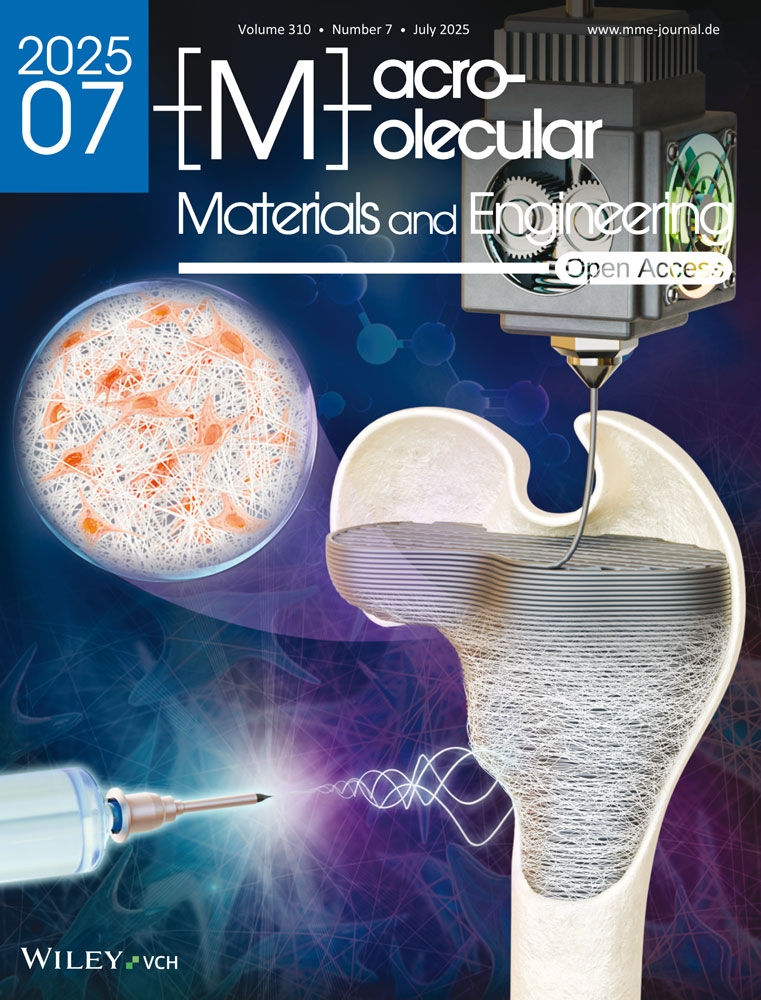The electrically induced polymerization of 1,3,5-trioxane
Abstract
enThe electroinitiating polymerization of 1,3,5-trioxane in solution and molten state with tetraethylammonium hexachloroantimonate has been investigated. Molecular weights of the polymers, as indicated by their viscosity numbers increase with increasing initial monomer concentration and decreasing current levels. The induction period of polymerization is dependent on the monomer concentration and reaction temperature. The overall activation energy of the polymerization was determined to be about 10,00 kcal/mol (41,83 kJ/mol). The true initiator appears to be the protonic acid formed in situ during the course of electrolysis. The polymerization of trioxane was also carried out chemically with SbCl5 and H3O⊕SbCl .
.
Abstract
deEs wurde die elektroinitiierte Polymerisation von 1,3,5-Trioxan (TO) mit Tetraethylammoniumhexachloroantimonat sowohl in Lösung als auch im geschmolzenen Zustand untersucht. Die Molekulargewichte der Polymeren, charakterisiert durch die Grenzviskositätszahl, erhöhen sich mit zunehmender Anfangskonzentration an Monomerem und abnehmender Stromstärke. Die Induktionsperiode der Polymerisation ist von der Monomerkonzentration und der Reaktionstemperatur abhängig. Die Bruttoaktivierungsenergie für die Polymerisation wurde zu ungefähr 10 kcal/mol (41,83 kJ/mol) bestimmt. Der eigentliche Initiator scheint die Protonensäure zu sein, die in situ während der Dauer der Elektrolyse gebildet wird.
Die Polymerisation von TO wurde auch chemisch mit SbCl5 und H3⊕SbCl durchgeführt.
durchgeführt.




